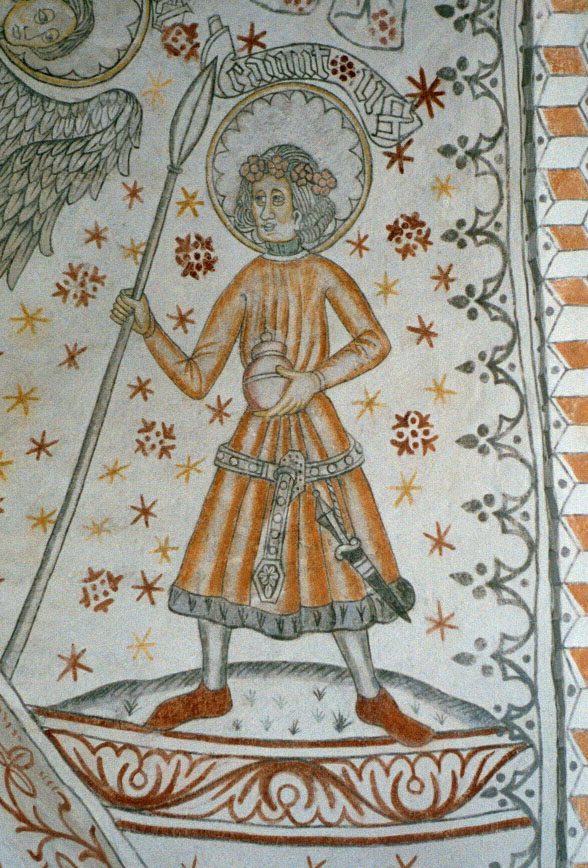By Danielle Daniels

FROM WIKIPEDIA COMMONS
Saint Knut’s Day (Swedish: tjugondag jul, lit. ’twentieth-day Christmas’; tjugondag Knut, lit. ’twentieth-day Knut’; or knutmasso; Finnish: nuutinpäivä, lit. ’Knut’s Day’), or the Feast of Saint Knut, is a traditional festival celebrated in Sweden and Finland on 13 January. It is not celebrated on this date in Denmark (the Knut day was moved in Sweden, not in Denmark) despite being named for the Danish prince Canute Lavard, and later also associated with his uncle, Canute the Saint, the patron saint of Denmark. Christmas trees are taken down on tjugondag jul, and the candies and cookies that decorated the tree are eaten. In Sweden, the feast held during this event is called a Knut’s party (julgransplundring, literally ‘Christmas tree plundering’).
ORIGINS
Canute Lavard (Knut Levard in Swedish) was a Danish duke who was assassinated by his cousin and rival Magnus Nilsson on 7 January 1131 so that Nilsson could usurp the Danish throne. In the aftermath of his death there was a civil war, which led to Knut being later declared a saint, and 7 January became Knut’s Day, a name day.
As his name day roughly coincided with Epiphany (the “thirteenth day of Christmas”), Knut’s Day and Epiphany were conflated to some degree. In 1680, Knut’s Day was moved to 13 January and became known as tjugondag Knut or tjugondedag jul (the ‘twentieth day of Knut/Christmas’).
